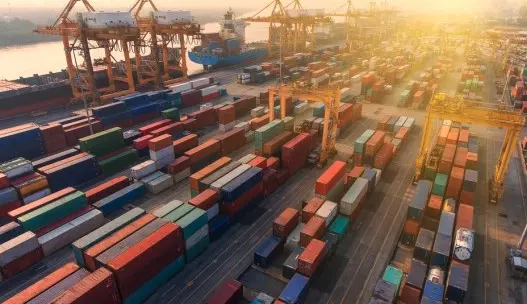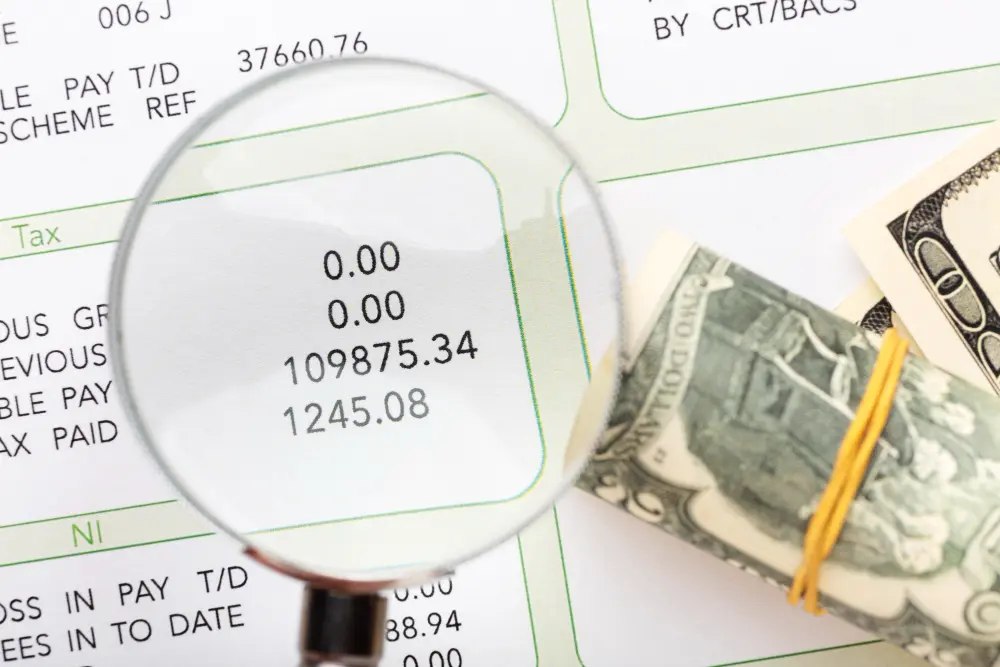Key targets
The EU’s Critical Raw Materials Act is one of the cornerstones of the EU’s Green Deal Industrial Plan, together with the Net-Zero Industry Act, which sets a target for the EU to produce 40% of its own clean tech by 2030, such as solar power or fuel cells, partly by streamlining the granting of permits for green projects. The bloc also announced a goal for carbon capture of 50 million tonnes by 2030.
Metals, including lithium, copper and nickel are vital in green technology. The EU proposed classifying copper and nickel as critical raw materials, as neither of them were included in the EU’s last list of critical raw materials published in 2020.
The shift to clean energy is set to drive a huge rise in the requirements for these materials. Demand for critical raw materials is expected to skyrocket by 500% by 2050, according to the World Bank.
Solar photovoltaic plants, wind farms and electric vehicles (EVs) generally require more critical minerals to build than their fossil fuel-based counterparts. A typical electric car requires six times the mineral inputs of a conventional car and an offshore wind plant requires 13 times more mineral resources than a similarly-sized gas-fired plant.
Europe is responsible for more than one-quarter of global EV assembly, but it is home to very little of the supply chain apart from cobalt processing at 20%, according to the International Energy Agency (IEA).
Global investment in the green energy transition is set to triple by 2030 from $1 trillion last year, the EU said. The bloc will need €400bn of investment a year to decarbonise and meet its target of net-zero emissions by 2050, it estimated.
Without a safe and sustainable supply of critical raw materials, there will be no green and industrial transition.
(Margrethe Vestager, Executive Vice-President for A Europe Fit for the Digital Age)
As part of the Critical Raw Materials Act, the EU has set targets for the region to mine 10% of the critical raw materials it consumes, like lithium, cobalt, and rare earths, with recycling adding a further 15%, and increased processing to 40% of its needs by 2030.
Today, China processes almost 90% of rare earths and 60% of lithium. The EU said that no more than 65% of any key raw material should come from a single third country. The EU is almost entirely dependent on imports of these raw materials, particularly from China with 100% of the rare earths used for permanent magnets globally refined in China and 97% of the EU’s magnesium supply sourced from China.
In 2021, magnesium prices skyrocketed amid supply shortages after China’s production curbs to limit power consumption. The shortage of magnesium in China threatened European industry, including the automotive, construction and packaging sectors. Magnesium is an essential raw material for the production of aluminium alloys, which account for about 50% of the total magnesium consumption.
This has shown how a power crisis in China can trigger a magnesium shortage in Europe which can cause a shortage of aluminium in Europe, which in turn can hit European car production. The risk of depending on Chinese imports is what the EU’s Critical Raw Materials Act is trying to avoid by strengthening the bloc’s raw materials strategy.
European companies used to produce magnesium, but they closed down because of competition from cheap imports from China. Meanwhile, 63% of the world’s cobalt, used in batteries, is extracted in the Democratic Republic of Congo, while 60% is refined in China.
EU demand for lithium batteries, which power electric vehicles and energy storage, is set to increase 12 times by 2030 and 21 times by 2050, while the bloc’s demand for rare earth metals, used in wind turbines and EVs, is set to rise five to six times by 2030 and six to seven times by 2050.
The EU would recognise firm plans to mine or process raw materials as "strategic projects", which could benefit from shorter permitting timeframes, 24 months for extraction permits and 12 months for processing and recycling permits, and access to financing. Currently, it can take between two and seven years to build a new factory, depending on the technology and member state. It takes 10 years on average until a new mine comes online.
Europe has only one operational lithium mine, in Portugal, producing low-grade ore, which is not suitable for use in battery production.
Last year, a French minerals company unveiled a lithium mining project, containing one million tonnes of lithium – enough for the extraction of 34,000 tonnes per year for 25 years. The new mine will be operational by 2028.
Europe’s largest known deposit of rare earth minerals was discovered in Sweden’s Arctic this year, but it will take 10-15 years before mining can begin.
Under the Act, Member States will also have to develop national programmes for exploring geological resources.
Soaring EV battery demand will require 50 new lithium projects, 60 nickel mines and 17 cobalt developments by 2030 to meet global net carbon emissions goals, according to the IEA, assuming an average annual mine production capacity of 8,000 tonnes for lithium, 38,000 tonnes for nickel and 7,000 tonnes for cobalt.
The EU acknowledged that it will never be self-sufficient in supplying raw materials and will continue to rely on imports for most of its consumption. In trade, the EU would seek to expand its network of raw materials partnerships and free trade agreements and establish a Critical Raw Materials Club.
| 














































































